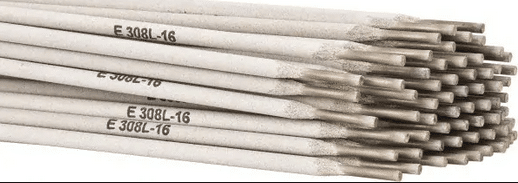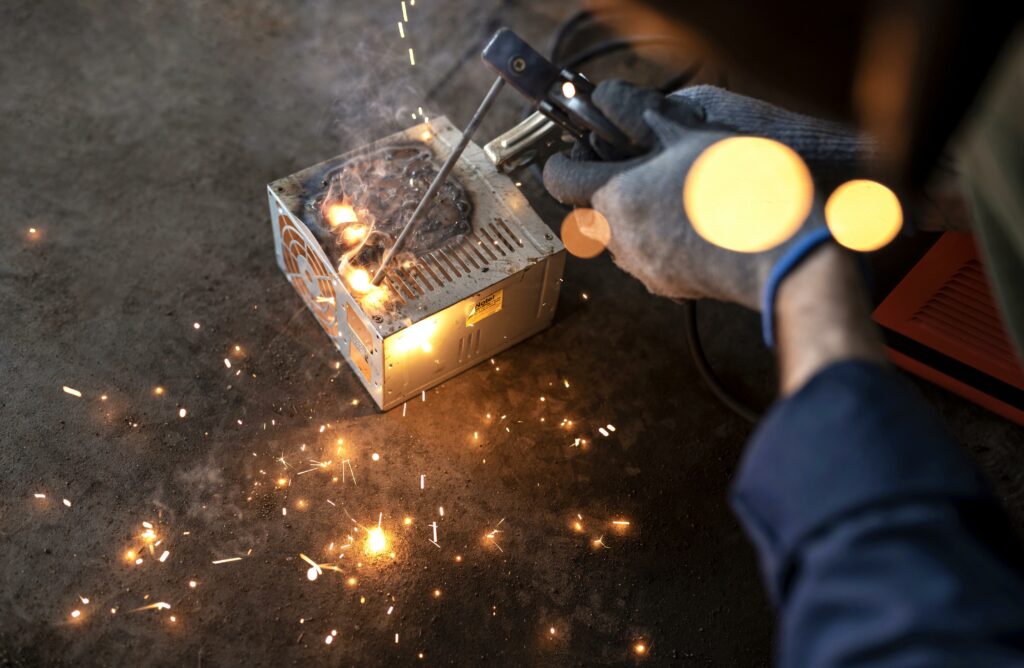The slang term “stick welding” has become accepted in welding images, a term adopted by the welding industry. The electrodes welded to the metal are supplied in the form of a stick. Many people think that “Shielded Metal Arc Welding” takes its name from the fact that it is a rod welding rod.
The electrodes used in both SMAW and TIG welding are similar to long wire rods, but in MIG welding the electrodes are wire coils that are drawn into the welding gun by the Mig machine.
To produce durable and safe welding gear like welding helmets, you must use an electrode that has a strong filler material in the base metal. This type of electrode is not machinable and is used to weld the steel core hard.
Ask your local welding equipment dealer which electrode you should use for the metal to be welded. A welding electrode is a wire length that is connected to the welding machine to generate an arc. When welding a position or application using dirty or rusty metal, this means using a welding power source that has been specially designed to operate the electrode. For example, if you are welding pipes, you may need to use an electrode with a strong filler material in the base metal.
If those who use a TIG welding machine get tungsten or stainless steel electrodes, they can buy flux-coated electrodes instead. SMAW stick electrodes are consumables, i.e. they become part of the weld, while Tig electrodes can be consumables, because they do not melt and become part of the weld without the need for a welding wire.
The most common electrodes are consuming electrodes, used by most TIG welders and shielded metal ARC welders, as well as by SMAW, also known as rod welders. Common electrodes used for bar welding are 6010, 6011, six013, 7018 and 7024, with most of the common diameters ranging from 1.8 to 5.32 inches.
The choice of electrodes depends on the current of the weld and the material to be welded, which determines the suitable welding rod, since it must be made of the same material and the same production. Of course, the welding metal used also determines which welding rod you use.
The general rule when welding stainless steel is to weld it with a fillet weld, where the welder welds the side joints from one side to the other. A filleted seam (L), in which two pieces of metal are joined together, and a root seam, which opens the opening of the connection between the two sides of a welded piece of steel (B).
If, on the other hand, you work with sheet metal and do not require much penetration, you can perform welding with a fillet weld. If you want a clean and porous weld, try not to use the partially used electrodes for subsequent welds, as they will not be used for subsequent welding. Finally, place your welding rod in the electrode holder and hit the spot with the match you wanted to start the weld.
If the flux medium layer is poor, it can fall off the rod and form a molten lump, causing the welding rod to stick to the metal base. Holding onto the welding rods is a sign that the rods are melting as they should.
If you decide to weld aluminium with a rod welding machine, the material must be thick enough to handle the electrode. For large diameter welds made by electrodes, a sheet metal thickness of 1 / 8′ would be used. A good rule of thumb is to maintain a flat horizontal welding application.
If you want to try welding with a thinner material, you need to play with it to make sure you don’t get burned with the material. You want to be as close as possible to the core of the metal that is welded to your welding rod If you want to weld metal, you want your core welding rod to have at least 1 / 4 ‘in diameter and no more than 1’ in diameter.
The appearance of a finished MIG weld is not a good indicator of the quality of your weld. Some welders are able to set voltage and current very low even with thick metal. Generally, the lowest current is sufficient to weld a small piece of metal with a diameter of about 1 / 4 “and no more than 1” in diameter than would be required to weld a larger piece of the same thickness.
The use of incorrect welding electrodes on cast iron can cause many problems, including weak welds. Therefore it is important to have a knowledge of which welding rod to use and the right type of electrodes. Beginners are likely to be introduced to several other welding rods, including the 6010, but this electrode is often overlooked due to its low voltage and low current, although it is just as easy to operate. First of all, a glance at the welding wire classifications can tell us something about the type of electrode used.



